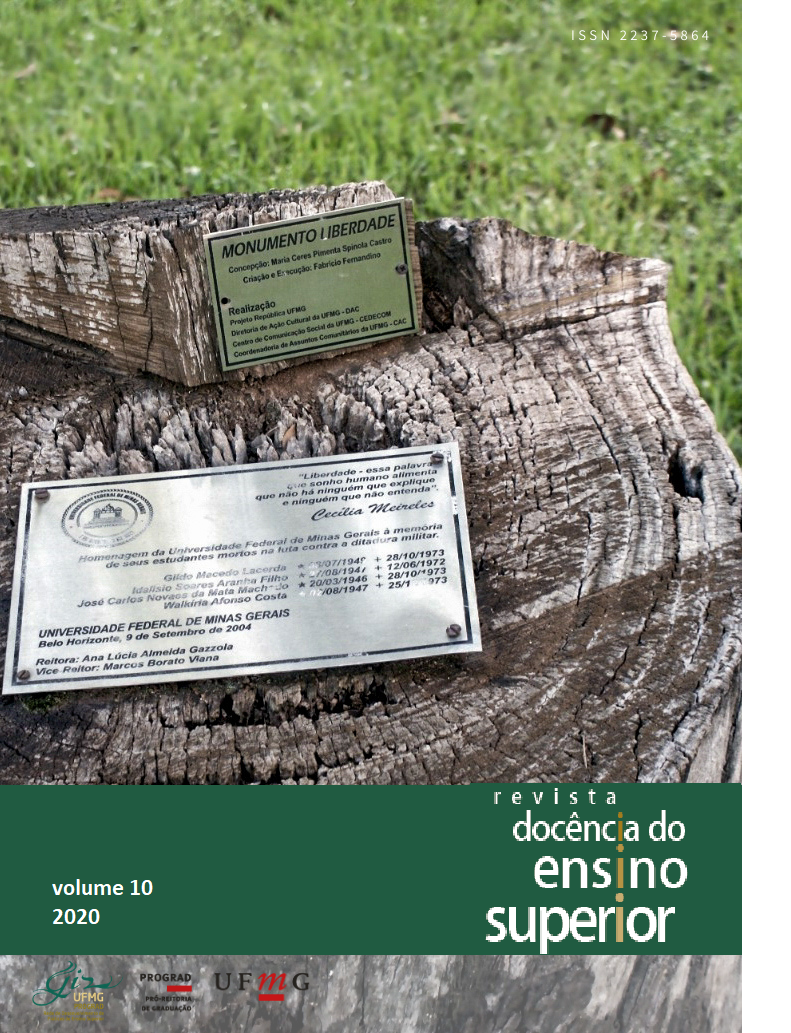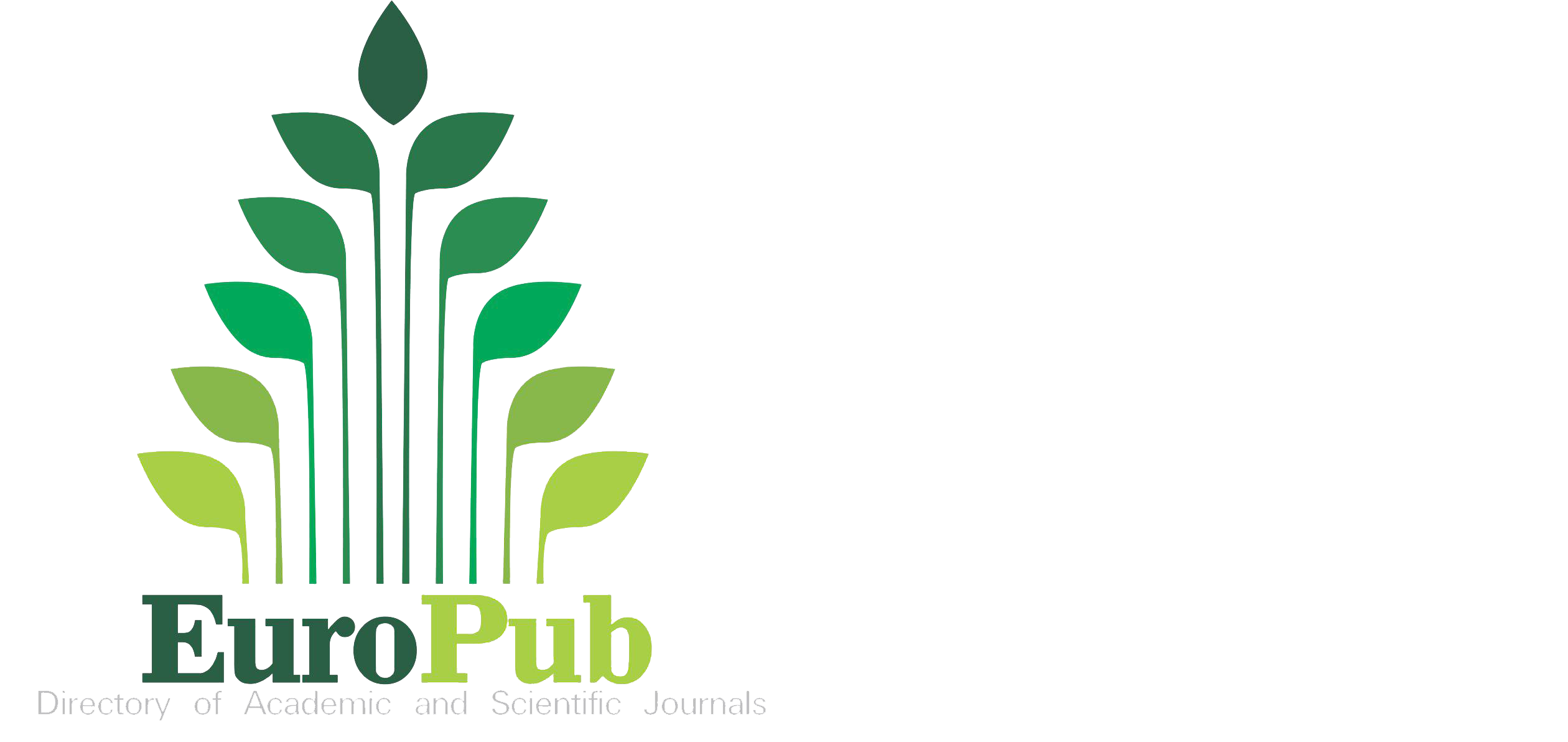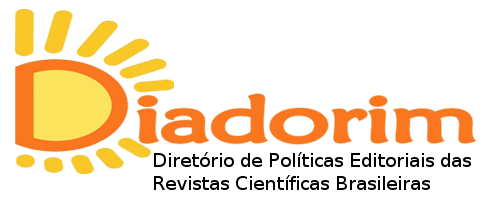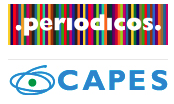“Uma aula diferente”
um caso de introdução de atividades interativas no ensino da Ciência Política
DOI:
https://doi.org/10.35699/2237-5864.2020.24042Palavras-chave:
Aprendizagem ativa, Atividades interativas em aula, Formação em Ciência Política, Ensino superior em PortugalResumo
Este artigo visa revelar o impacto da introdução de atividades interativas na aula na satisfação dos alunos. Partindo da abordagem construtivista do conhecimento e das vantagens da aprendizagem ativa (active learning), foi realizado um estudo empírico que consistiu na comparação dos questionários de satisfação dos alunos de duas turmas em que não foram utilizadas atividades com outras duas em que estas foram realizadas. Os questionários foram sujeitos à análise de conteúdo qualitativa e quantitativa, revelando a valorização que os alunos atribuem às aulas interativas. A interatividade passou a ser considerada o mais importante ponto forte de avaliação tanto da unidade curricular como do docente. Estes resultados reforçam estudos anteriores que mostram as vantagens da aprendizagem ativa no aumento da satisfação dos alunos. Eles são particularmente importantes na área da Ciência Política, em que um tipo de aprendizagem que estimule as capacidades analíticas, o espírito crítico e as competências comunicacionais será especialmente adequado.
Downloads
Referências
AMES, Carole. Motivation: What teachers need to know. Teachers college record, New York, v. 91, n. 3, p. 409-421, 1990.
ARAÚJO, Adriana Maria Procópio; SLOMSKI, Vilma Geni. Active learning methods: An analysis of applications and experiences in Brazilian accounting teaching. Creative Education, v. 4, n. 12, p. 20-27, 2013. DOI: http://dx.doi.org/10.4236/ce.2013.412A2004.
ARCHER, Candace C.; MILLER, Melissa K. Prioritizing active learning: An exploration of gateway courses in political science. PS: Political Science & Politics, Cambridge, v. 44, n. 2, p. 429-434, 2011. DOI: https://doi.org/10.1017/S1049096511000291.
ARMBRUSTER, Peter; PATEL, Maya; JOHNSON, Erika; WEISS, Martha. Active learning and student-centered pedagogy improve student attitudes and performance in introductory biology. CBE—Life Sciences Education, v. 8, n. 3, p. 203-213, 2009. DOI: https://dx.doi.org/10.1187%2Fcbe.09-03-0025.
BONWELL, Charles C.; EISON, James A. Active learning: creating excitement in the classroom. ASH-ERIC Higher Education Report No. 1. Washington, D.C.: The George Washington University, School of Education and Human Development, 1991.
BRANSFORD, John D.; BROWN, Ann L.; COCKING, Rodney R. (org.). How people learn: Brain, mind, experience, and school. Washington D.C.: National Academy Press, 1999.
CAVANAGH, Michael. Students' experiences of active engagement through cooperative learning activities in lectures. Active learning in higher education, v. 12, n. 1, p. 23-33, 2011. DOI: https://doi.org/10.1177%2F1469787410387724.
DIAS, José J. C. Teixeira; JESUS, Helena Pedrosa de; SOUZA, Francislê Neri de; WATTS, Mike. Teaching for quality learning in chemistry. International Journal of Science Education, v. 27, n. 9, p. 1123-1137, 2005. DOI: https://doi.org/10.1080/09500690500102813.
FELDER, Richard; BRENT, Rebecca. Active learning: An introduction. ASQ Higher Education Brief, v. 2, n. 4, p. 122-127, 2009.
FREDERKING, Brian. Simulations and student learning. Journal of Political Science Education, v. 1, n. 3, p. 385-393, 2005. DOI: https://doi.org/10.1080/15512160500261236.
FREEMAN, Scott; EDDY, Sarah L.; MCDONOUGH, Miles; SMITH, Michelle K.; OKOROAFOR, Nnadozie; JORDT, Hannah; WENDEROTH, Mary Pat. Active learning increases student performance in science, engineering, and mathematics. Proceedings of the National Academy of Sciences, Washington, D.C., v. 111, n. 23, p. 8410-8415, 2014. DOI: https://doi.org/10.1073/pnas.1319030111.
HARTIKAINEN, Susanna; RINTALA, Heta; PYLVÄS, Laura; NOKELAINEN, Petri. The concept of active learning and the measurement of learning outcomes: A review of research in engineering higher education. Education Sciences, v. 9, n. 4, p. 1-19, 2019. DOI: https://doi.org/10.3390/educsci9040276.
HYUN, Jung; EDIGER, Ruth; LEE, Donghun. Students' Satisfaction on Their Learning Process in Active Learning and Traditional Classrooms. International Journal of Teaching and Learning in Higher Education, v. 29, n. 1, p. 108-118, 2017.
JOHNSON, David W.; JOHNSON, Roger T.; SMITH, Karl A. Cooperative learning: Increasing college faculty instructional productivity. ASHE-ENC Higher Education Report No. 4. Washington, DC: The George Washington University, School of Education and Human Development, 1991.
JOHNSON, David W.; JOHNSON, Roger T.; STANNE, Mary B. Cooperative learning methods: A meta-analysis. Methods, v. 1, p. 1-33, 2000.
JOHNSON, Matthew. Communicating Politics: Using Active Learning to Demonstrate the Value of the Discipline. British Journal of Educational Studies, v. 64, n. 3, p. 315-335, 2016. DOI: https://doi.org/10.1080/00071005.2015.1133798.
JUNGST, Steven; WIERSEMA, Janice A.; LICKLIDER, Barbara. Providing support for faculty who wish to shift to a learning-centered paradigm in their higher education classrooms. Journal of the Scholarship of Teaching and Learning, Bloomington, v. 3, n. 3, p. 69-81, 2003.
KNIGHT, Jennifer K.; WOOD, William B. Teaching more by lecturing less. CBE—Life Sciences Education, v. 4, n. 4, p. 298-310, 2005. DOI: https://dx.doi.org/10.1187%2F05-06-0082.
LUMPKIN, Angela; ACHEN, Rebecca M.; DODD, Regan K. Student perceptions of active learning. College Student Journal, v. 49, n. 1, p. 121-133, 2015.
MACHEMER, Patricia L.; CRAWFORD, Pat. Student perceptions of active learning in a large cross-disciplinary classroom. Active learning in higher education, v. 8, n. 1, p. 9-30, 2007. DOI: https://doi.org/10.1177%2F1469787407074008.
MESQUITA, Alessandra R.; SOUZA, Werlissandra M.; BOAVENTURA, Thays C.; BARROS, Izadora; ANTONIOLLI, Angelo R.; SILVA, Wellington B.; JUNIOR, Divaldo P. Lyra. The effect of active learning methodologies on the teaching of pharmaceutical care in a Brazilian pharmacy faculty. PLoS One [Internet], v. 10, n. 5, p. 1-16, 2015. DOI: https://doi.org/10.1371/journal.pone.0123141.
MILLER, Harry Lloyd. Creative Learning and Teaching. New York, NY: Charles Scribner’s Sons, 1927.
MORAIS, Maria de Fátima; AZEVEDO, Ivete; FLEITH, Denise de Souza; ALENCAR, Eunice Maria Lima Soriano de; ALMEIDA, Leandro Silva; ARAÚJO, Alexandra M. Teaching practices for creativity at university: A study in Portugal and Brazil. Paidéia, Ribeirão Preto, v. 27, n. 67, p. 56-64, 2017. DOI: http://dx.doi.org/10.1590/1982-43272767201707.
NETO, Pedro; WILLIAMS, Bill; CARVALHO, I. S. Cultivating active learning during and outside class. In: PROCEEDINGS OF 37TH ANNUAL CONFERENCE OF THE EUROPEAN SOCIETY FOR ENGINEERING (SEFI), Orléans, 2009. p. 1-4.
PHILLIPS, Denis C. The good, the bad, and the ugly: The many faces of constructivism. Educational researcher, v. 24, n. 7, p. 5-12, 1995. DOI: https://doi.org/10.3102%2F0013189X024007005.
PLESCHOVÁ, Gabriela. Promoting political science education in Europe: how can ECPR support their members in their work as political science teachers?. European Political Science, v. 13, n. 2, p. 138-145, 2014. DOI: https://doi.org/10.1057/eps.2012.30.
PRESZLER, Ralph W. et al. Assessment of the effects of student response systems on student learning and attitudes over a broad range of biology courses. CBE—Life Sciences Education, v. 6, n. 1, p. 29-41, 2007. DOI: https://doi.org/10.1187/cbe.06-09-0190.
PRINCE, Michael. Does active learning work? A review of the research. Journal of Engineering Education, v. 93, n. 3, p. 223-231, 2004.
SEEMILLER, Corey; GRACE, Meghan. Generation Z: Educating and engaging the next generation of students. About Campus, v. 22, n. 3, p. 21-26, 2017. DOI: https://doi.org/10.1002/j.2168-9830.2004.tb00809.x.
SHELLMAN, Stephen M. Active learning in comparative politics: A mock German election and coalition-formation simulation. PS: Political Science and Politics, v. 34, n. 4, p. 827-834, 2001. DOI: https://doi.org/10.1017/S1049096501000774.
SHELLMAN, Stephen M.; TURAN, Kürşad. Do simulations enhance student learning? An empirical evaluation of an IR simulation. Journal of Political Science Education, v. 2, n. 1, p. 19-32, 2006. DOI: http://dx.doi.org/10.1080/15512160500484168.
TANNER, Kimberly D. Talking to learn: why biology students should be talking in classrooms and how to make it happen. CBE—Life Sciences Education, v. 8, n. 2, p. 89-94, 2009. DOI: https://dx.doi.org/10.1187%2Fcbe.09-03-0021.
Downloads
Publicado
Edição
Seção
Licença
Copyright (c) 2020 Pedro Silveira

Este trabalho está licenciado sob uma licença Creative Commons Attribution 4.0 International License.
Autores que publicam nesta revista mantêm os direitos autorais e concedem à revista o direito de primeira publicação, com o trabalho simultaneamente licenciado sob a Licença Creative Commons Attribution que permite o compartilhamento do trabalho com reconhecimento da autoria e publicação inicial nesta revista.
Autores têm autorização para assumir contratos adicionais separadamente, para distribuição não-exclusiva da versão do trabalho publicada nesta revista (ex.: publicar em repositório institucional ou como capítulo de livro), com reconhecimento de autoria e publicação inicial nesta revista.
Política de acesso aberto:
A Revista Docência do Ensino Superior é um periódico de Acesso Aberto, o que significa que todo o conteúdo está disponível gratuitamente, sem custo para o usuário ou sua instituição. Os usuários podem ler, baixar, copiar, distribuir, imprimir, pesquisar ou vincular os textos completos dos artigos, ou usá-los para qualquer outra finalidade legal, sem solicitar permissão prévia do editor ou do autor, desde que respeitem a licença de uso do Creative Commons utilizada pelo periódico. Esta definição de acesso aberto está de acordo com a Iniciativa de Acesso Aberto de Budapeste (BOAI).



























